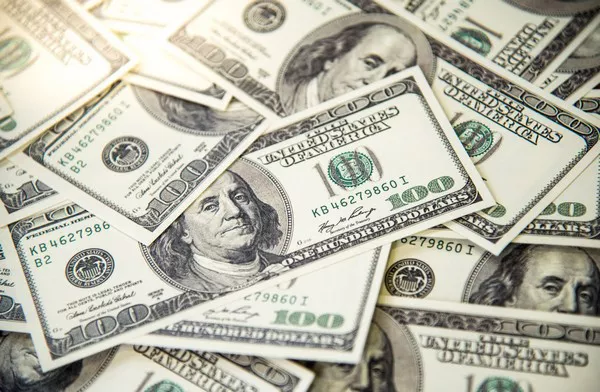Exchange rates are a critical component of the global economy. They have a significant impact on trade, investments, and economic growth across different countries. The exchange rate represents the value of one currency in terms of another. For instance, the peso to the dollar exchange rate indicates how many dollars one can get for every peso.
In this article, we will explore what the peso to the dollar exchange rate is today, and how it affects the economies of Mexico and the United States.
Understanding Exchange Rates:
Exchange rates fluctuate regularly based on supply and demand factors. For example, if there is more demand for US dollars, the dollar appreciates, and the peso depreciates. Similarly, if there is more demand for pesos, the peso appreciates, and the dollar depreciates.
Factors that affect exchange rates include:
1. Interest rates: Higher interest rates attract foreign investors, increasing demand for a country’s currency.
2. Inflation: High inflation leads to lower purchasing power of a currency, reducing its demand.
3. Political stability: Political instability or uncertainty can lead to a decrease in demand for a country’s currency.
4. Current account balance: If a country has a trade surplus (exports are greater than imports), its currency appreciates due to higher demand.
5. Speculation: Traders can influence exchange rates by buying or selling currencies based on their expectations of future price movements.
Peso to the Dollar Today:
As of June 25, 2023, the peso to the dollar exchange rate is 19.21 pesos per dollar. This means that one can buy 19.21 Mexican pesos for one US dollar.
The peso has been volatile against the dollar over the past few years. In 2018, the peso was trading at around 18 pesos per dollar. However, in 2020, the peso depreciated significantly due to the COVID-19 pandemic. It reached a low of 25.44 pesos per dollar in March 2020.
Since then, the peso has recovered some ground against the dollar. The appreciation of the peso can be attributed to several factors:
1. Recovery from the pandemic: As the global economy recovers from the pandemic, demand for pesos has increased, leading to an appreciation of the currency.
2. Higher oil prices: Mexico is a major oil exporter, and higher oil prices have led to an increase in the country’s foreign reserves, boosting the value of the peso.
3. Fiscal discipline: Mexico’s government has implemented measures to control spending and reduce its fiscal deficit, which has improved investor confidence in the country’s economy.
Impact on Mexico’s Economy:
The exchange rate has a significant impact on Mexico’s economy, as the country heavily relies on exports to drive economic growth. A weaker peso makes Mexican goods cheaper for foreign buyers, increasing demand for the country’s exports. This, in turn, leads to higher economic growth and job creation.
However, a weaker peso also means that imports become more expensive, which can lead to higher inflation and decreased purchasing power for Mexican citizens. This can negatively impact the country’s overall economic stability.
On the other hand, a stronger peso can lead to higher inflation and lower export competitiveness. This can lead to slower economic growth and reduced job creation.
Impact on the United States’ Economy:
The exchange rate also has a significant impact on the United States’ economy, as Mexico is one of its largest trading partners. A weaker peso can lead to increased demand for Mexican goods, which can benefit US businesses that export to Mexico. Additionally, a weaker peso can lead to lower prices for goods imported from Mexico, benefiting US consumers.
However, a weaker peso can also lead to increased competition for US businesses that export to Mexico, as Mexican goods become cheaper. This can lead to a decrease in US jobs and economic growth.
Conclusion:
In conclusion, the peso to the dollar exchange rate is 19.21 pesos per dollar as of June 25, 2023. The exchange rate is influenced by several factors, including interest rates, inflation, political stability, current account balance, and speculation.
The exchange rate has a significant impact on the economies of Mexico and the United States. A weaker peso can lead to increased exports for Mexico, but also higher inflation and decreased purchasing power for Mexican citizens. On the other hand, a stronger peso can lead to slower economic growth for Mexico. For the United States, a weaker peso can lead to increased competition for US businesses that export to Mexico, but also lower prices for imported goods.
Understanding exchange rates and their impact on global economies is crucial for investors, businesses, and policymakers. By staying informed about exchange rate movements, individuals and organizations can make informed decisions about investments, trade, and economic policies.


